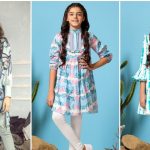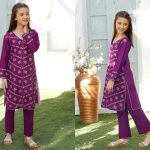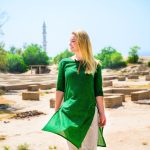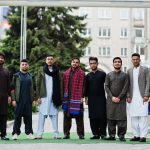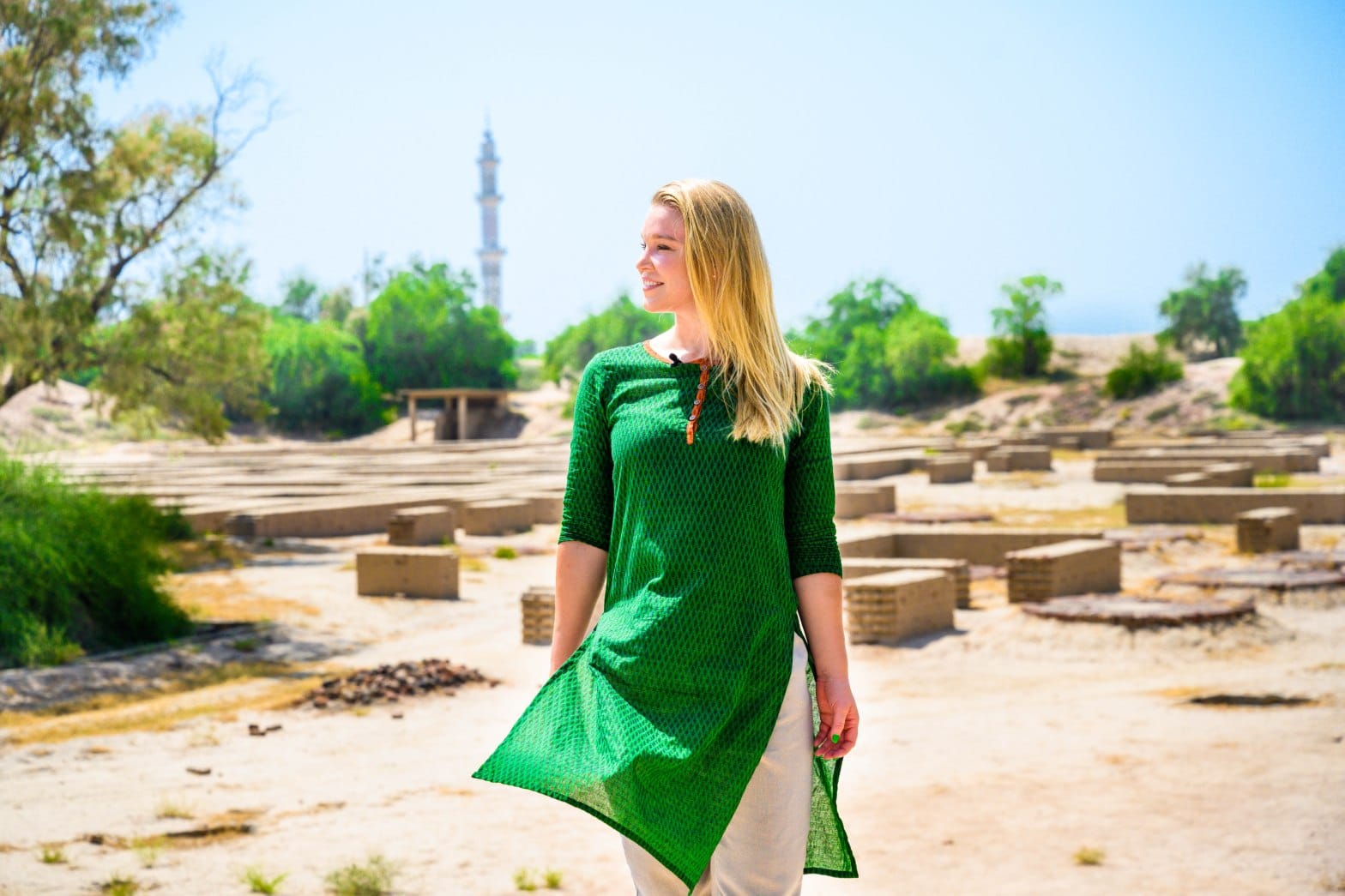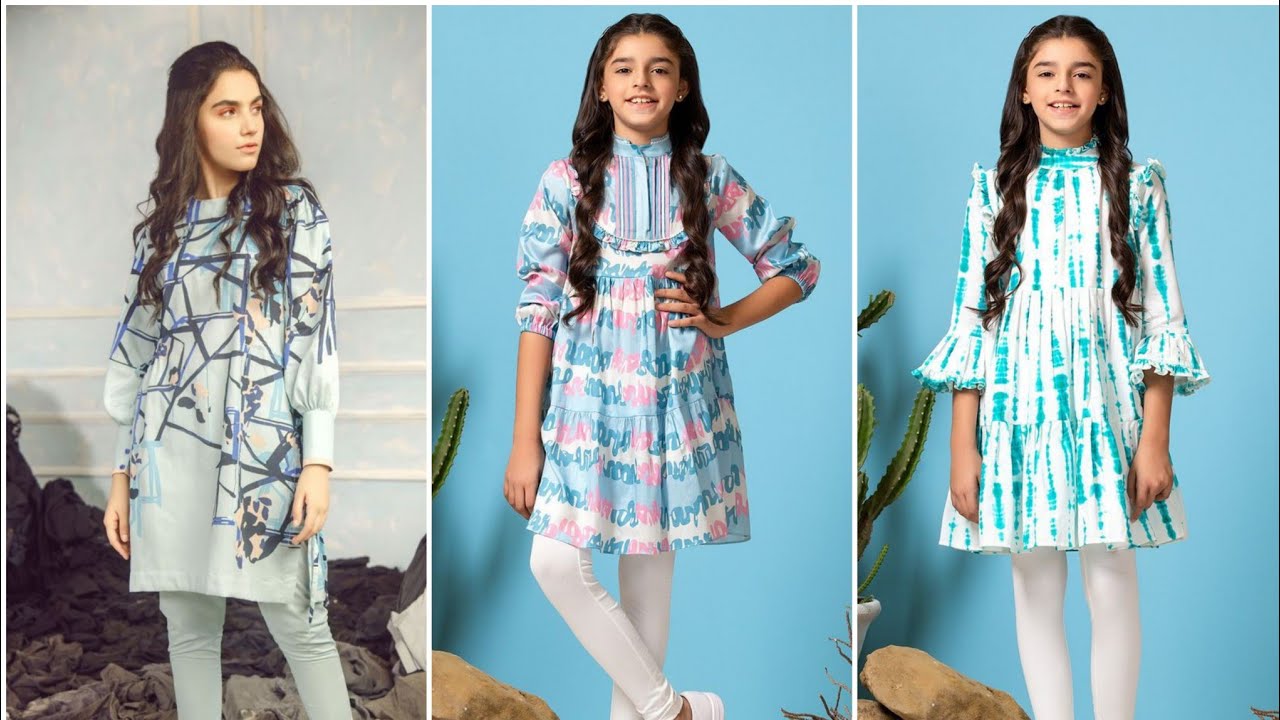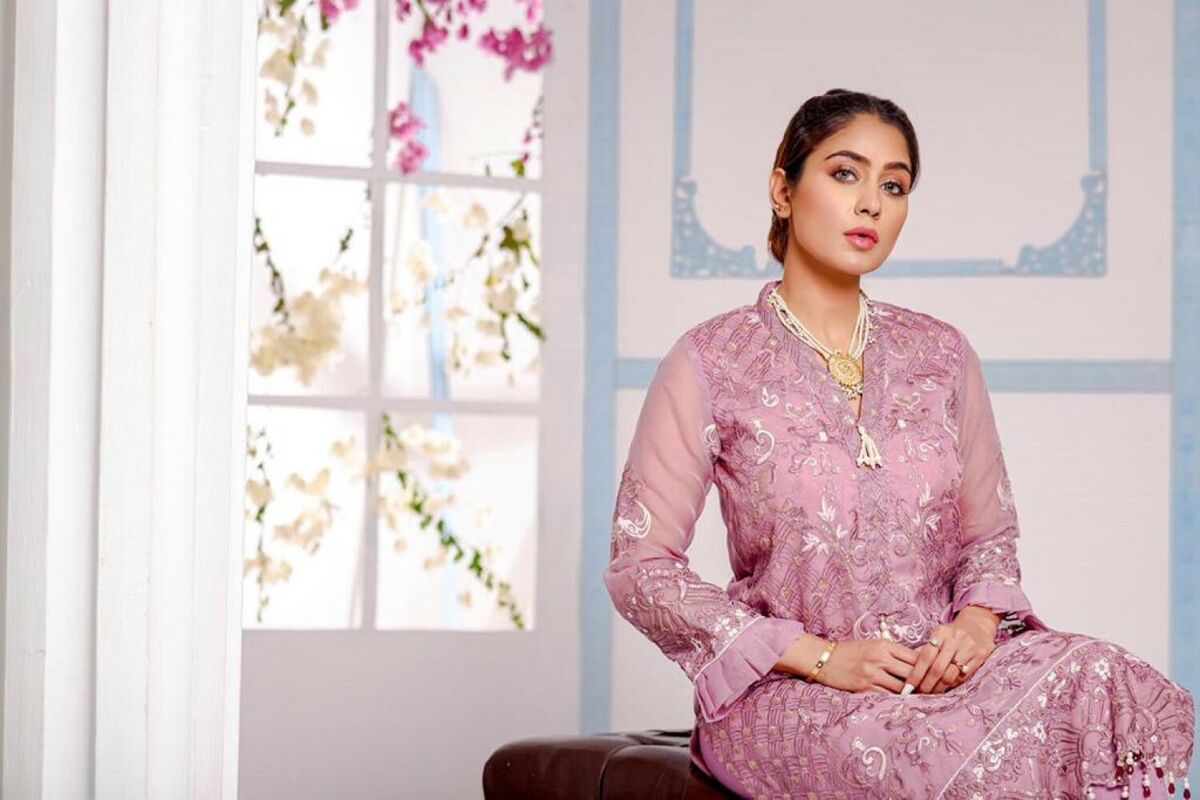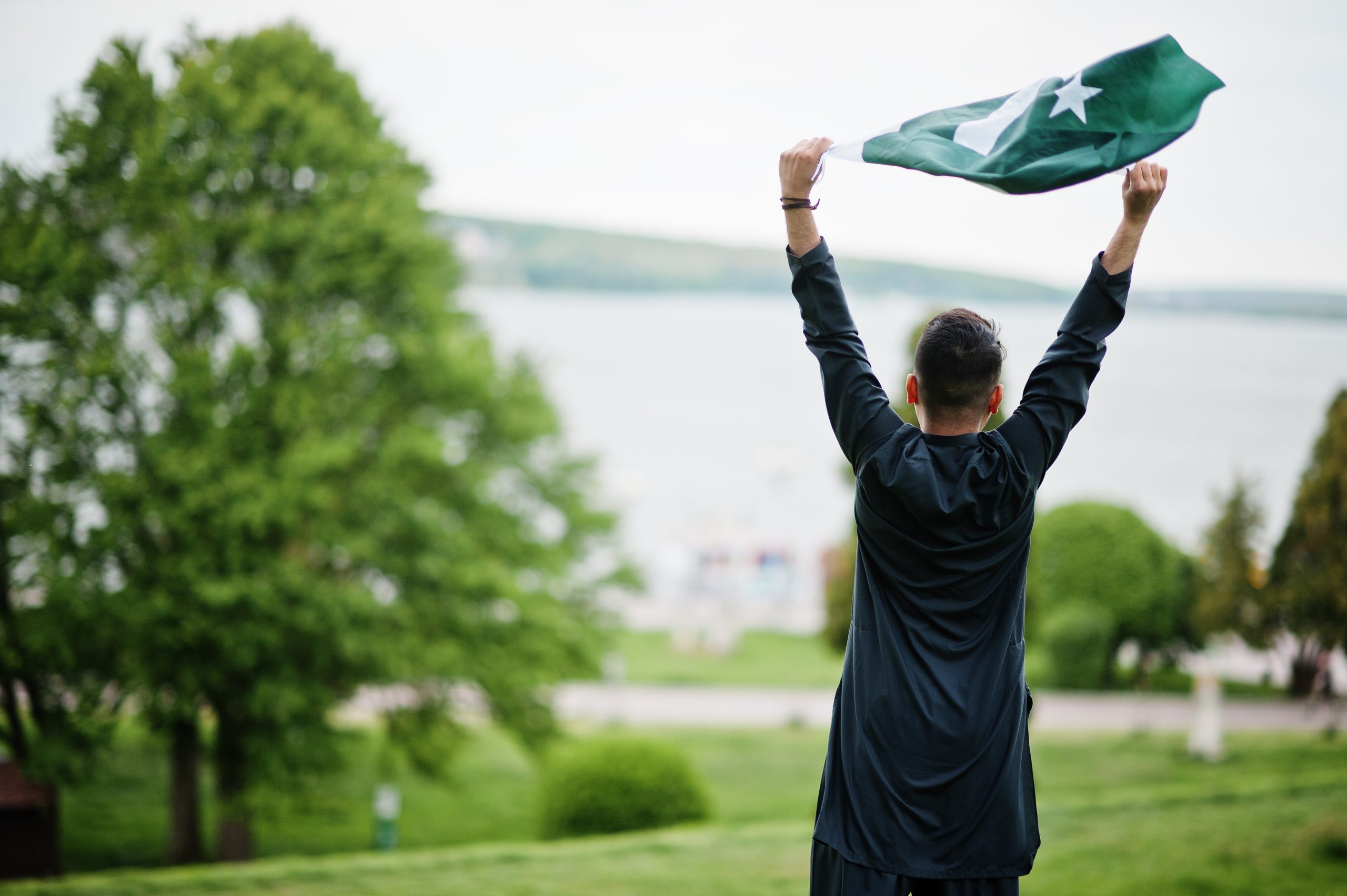In the ever-evolving fashion industry, it is essential for teenage girls to embrace their cultural heritage and showcase traditional Pakistani fashion. Pakistani fashion has become globally recognized for its exquisite craftsmanship and unique designs. By incorporating traditional clothing into their style, teenage girls can not only stay connected to their roots but also make a bold fashion statement.
Traditional clothing such as salwar kameez, shalwar kameez, and gharara suits provide a perfect blend of elegance and comfort. It allows teenage girls to express their individuality while celebrating their rich cultural heritage. As fashion trends continue to evolve, there is a growing interest in Asian clothes, making this the perfect time for teenage girls to rock traditional Pakistani fashion.
By staying in tune with the fashion scene and experimenting with different styles, they can showcase their love for their culture with confidence. Embracing traditional clothing is not only a style choice but also a way of preserving and promoting the Pakistani fashion industry.
Why Wear Traditional Pakistani Fashion as a Teenager?
Traditional Pakistani fashion holds immense importance, especially for teenagers, as it not only represents our cultural roots but also reflects our individuality and style. Over the years, Pakistani fashion has evolved and become a prominent part of the global fashion industry.
What sets traditional Pakistani clothing apart is the impeccable craftsmanship and attention to detail. From the elaborate embroidery to the use of rich fabrics like silk and chiffon, Pakistani designs are known for their exquisite beauty.
Pakistani clothing also showcases the diversity of our country. Each region in Pakistan has its own distinct style and traditional clothing. Whether it’s the intricate Sindhi embroidery or the vibrant colors of Balochi dress, Pakistani fashion reflects the cultural traditions and heritage of our people.
As teenagers, embracing traditional Pakistani fashion allows us to connect with our roots and appreciate the beauty of our culture. It also gives us the opportunity to experiment with different styles and trends, allowing us to stand out in the fashion game.
Understanding the Different Types of Traditional Pakistani Clothing
One of the most iconic and widely worn traditional Pakistani garments is the shalwar kameez. This outfit consists of a loose-fitting tunic called a kameez, paired with a wide-legged pants known as shalwar. The shalwar kameez is not only comfortable and versatile, but it also represents the cultural identity of Pakistan. It has become a symbol of national dress and is worn by both men and women.
Another popular traditional Pakistani outfit is the gharara suit. This ensemble features a long kameez paired with flared trousers called gharara. The gharara pants are characterized by pleats at the knee, giving them a dramatic and elegant appearance. Gharara suits are often adorned with intricate embroidery and embellishments, making them a favorite choice for weddings and other special occasions.
The koti suit is a traditional Pakistani outfit that consists of a short jacket, known as koti, worn over a kameez and paired with trousers. The koti adds a touch of elegance and sophistication to any outfit, making it suitable for both formal and semi-formal occasions.
Salwar suits are another popular traditional clothing option in Pakistan. Similar to shalwar kameez, salwar suits feature a tunic-style top paired with loose-fitting pants called salwar. The salwar suit is a versatile outfit that can be worn casually or dressed up for more formal events.
Kids kurta is a traditional Pakistani clothing style for children. It typically consists of a loose-fitting tunic paired with pants or churidar trousers. Kids kurta comes in a variety of colors and designs, making them perfect for festive occasions and family functions.
Finding the Right Fit for Your Body Shape and Style Preferences
When it comes to traditional Pakistani fashion, teenagers may have different body shapes and style preferences. Understanding your body shape and choosing the right clothing styles can help you feel confident and express your personal style.
For teenagers with a pear-shaped body, a shalwar kameez with a fitted kameez and wide-legged shalwar can flatter your figure. This style balances your hips and highlights your slim waist. Opt for darker colors on your lower half and lighter colors on your upper half to create a balanced look.
If you have an hourglass figure, choose outfits that accentuate your curves. A gharara suit with a fitted kameez and flared gharara pants can enhance your natural shape. Look for waist-defining styles and avoid loose-fitting tunics that may hide your curves.
Teenagers with a rectangular body shape can create curves with a koti suit. The short jacket adds structure and defines your waist. Pair it with flared trousers or a skirt to create the illusion of curves.
For those with an apple-shaped body, a salwar suit with a tunic-style top and loose-fitting salwar can be flattering. Opt for empire waistlines or A-line tunics to define your waist and skim over your midsection.
Regardless of your body shape, consider your style preferences when choosing traditional Pakistani outfits. Experiment with different colors, prints, and embellishments to enhance your outfit. Embroidery and sequins can add a touch of elegance, while bold prints and bright colors can make a statement.
Accessorizing Your Outfit to Perfection
When it comes to rocking traditional Pakistani fashion as a teenager, accessorizing your outfit can elevate your look to perfection. Choosing the right accessories is key to complementing your traditional Pakistani outfits and showcasing your personal style.
Statement jewelry is a must-have when accessorizing your traditional outfit. Opt for chunky earrings, bold necklaces, and intricate bracelets that match the colors and embellishments of your outfit. These pieces not only enhance the overall look but also add a touch of elegance and sophistication.
A scarf is another accessory that can complete your traditional Pakistani ensemble. Choose a scarf with intricate patterns or embellishments that match or contrast with the colors of your outfit. You can drape it over your shoulders, wrap it around your neck, or wear it as a headscarf to add a unique element to your look.
When it comes to handbags, choose ones that complement the style and color palette of your outfit. Traditional Pakistani handbags, such as embroidered clutches or embellished potlis, can add a touch of authenticity to your ensemble. Opt for colors that either match or contrast with your outfit to create a balanced and coordinated look.
Remember, accessories are the finishing touches that can enhance the overall style and add a touch of personal flair to your traditional Pakistani outfit. Experiment with different combinations of statement jewelry, scarves, and handbags to find the perfect accessories that complete your look to perfection.
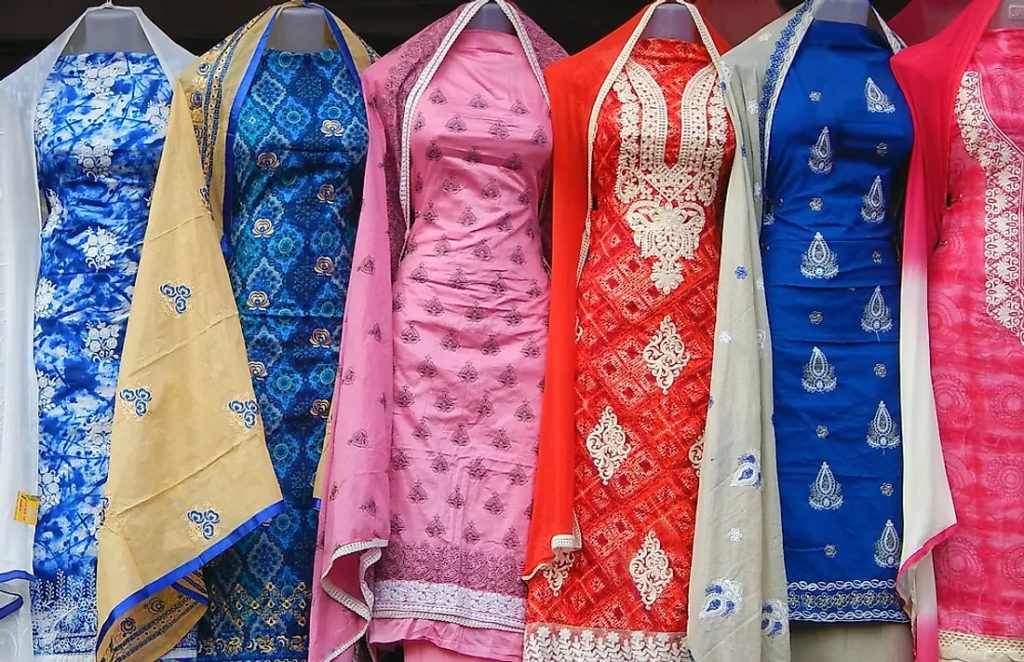
Conclusion
In conclusion, embracing traditional Pakistani fashion as a teenager brings numerous benefits. Not only does it connect you to your cultural roots, but it also allows you to express your unique sense of style. By understanding the different types of traditional Pakistani clothing and considering your body shape and personal preferences, you can choose outfits that enhance your individual beauty and confidence. The key to rocking traditional Pakistani fashion lies in the art of accessorizing. Statement jewelry, scarves, and handbags can elevate your ensemble and add a touch of elegance. So, go ahead and explore the rich and vibrant world of traditional Pakistani fashion, and let your style shine through!

